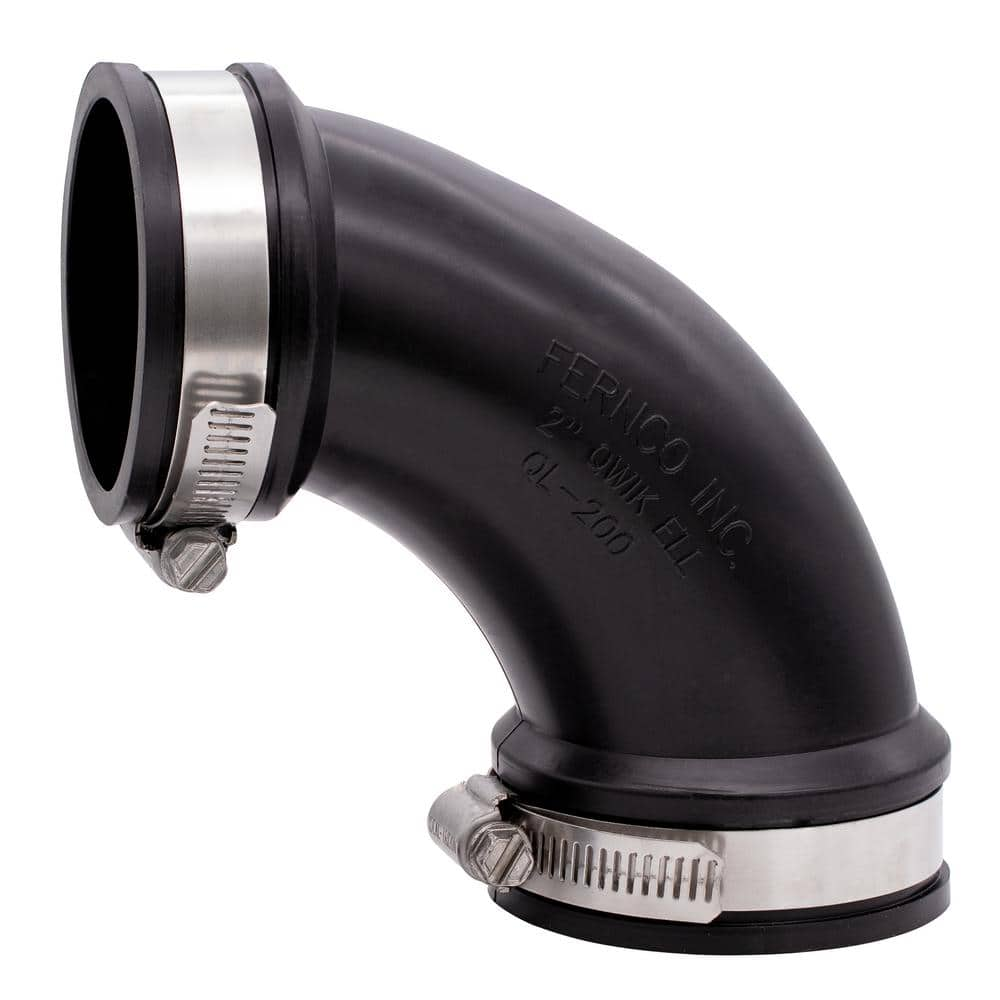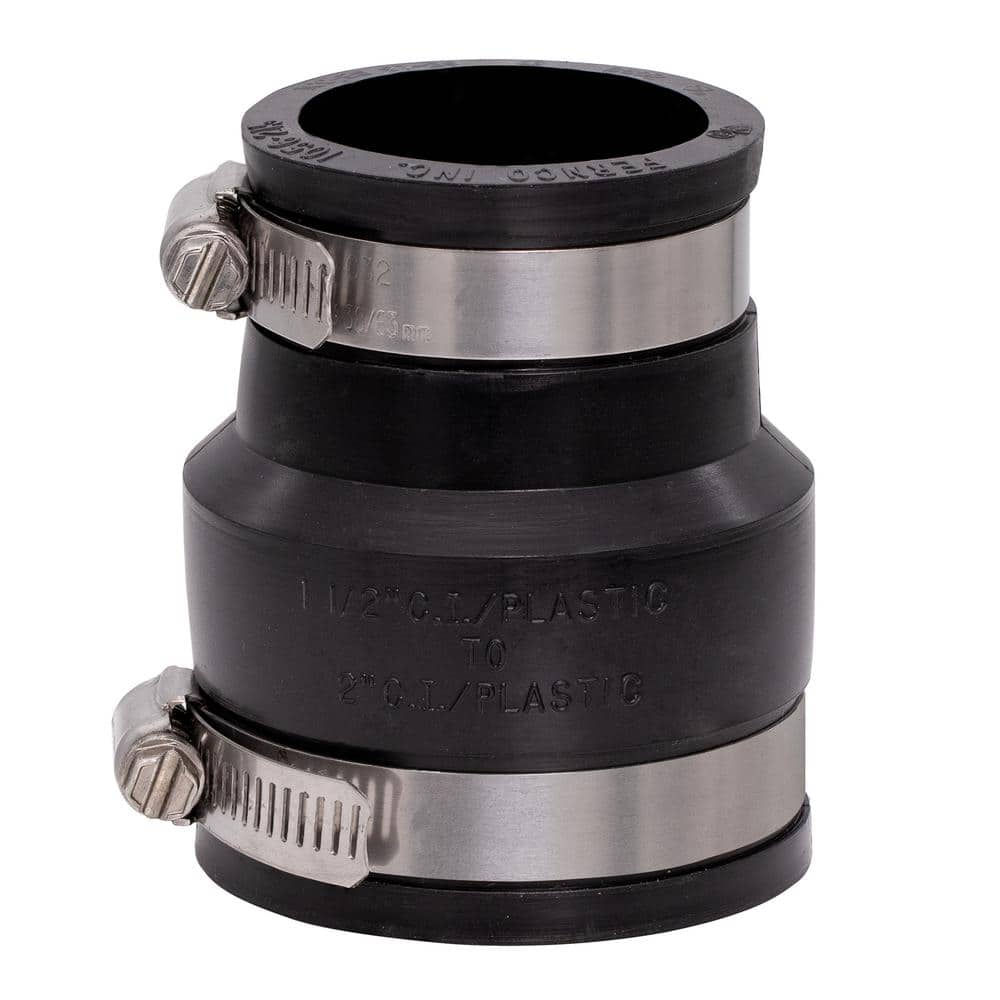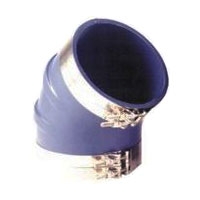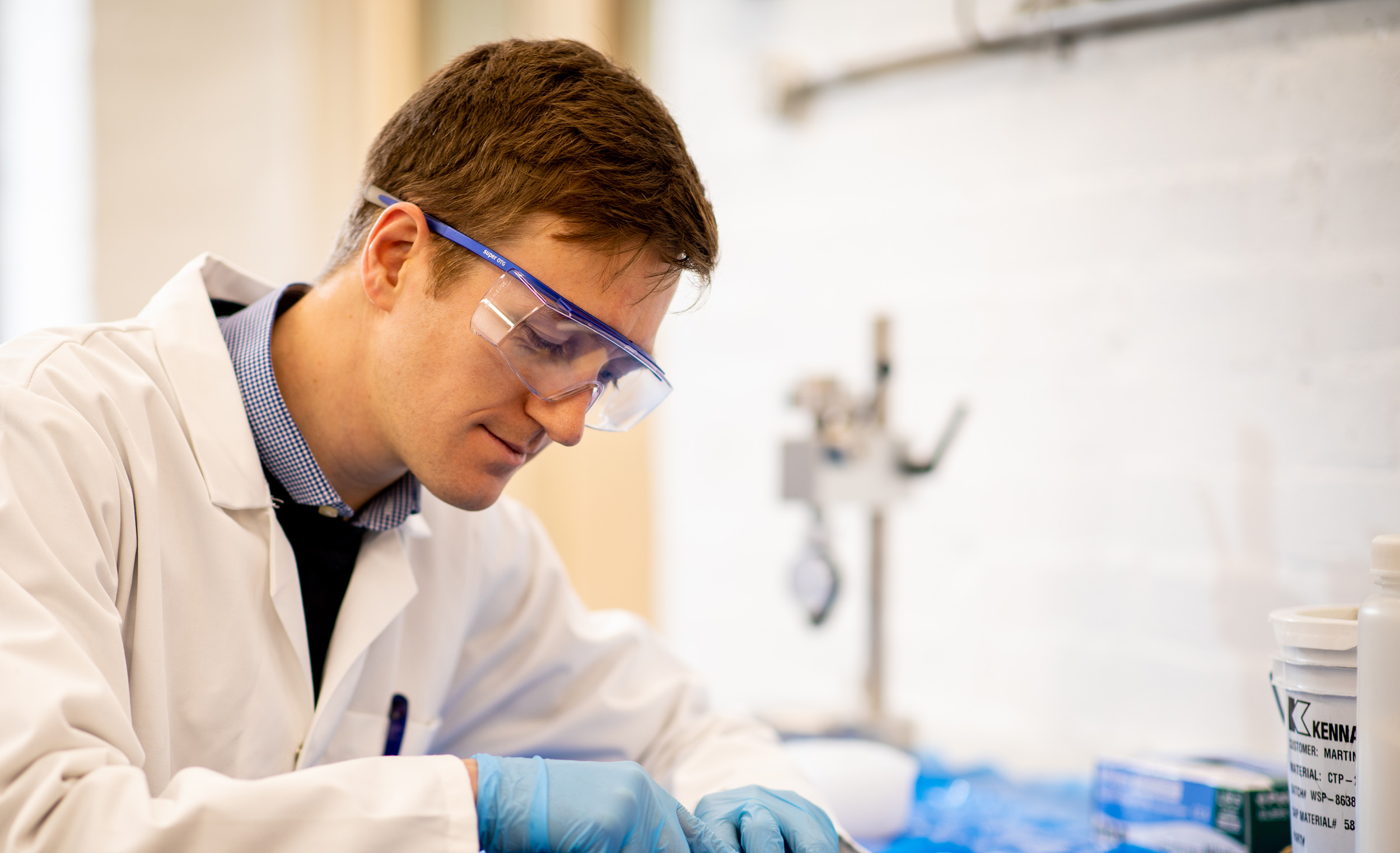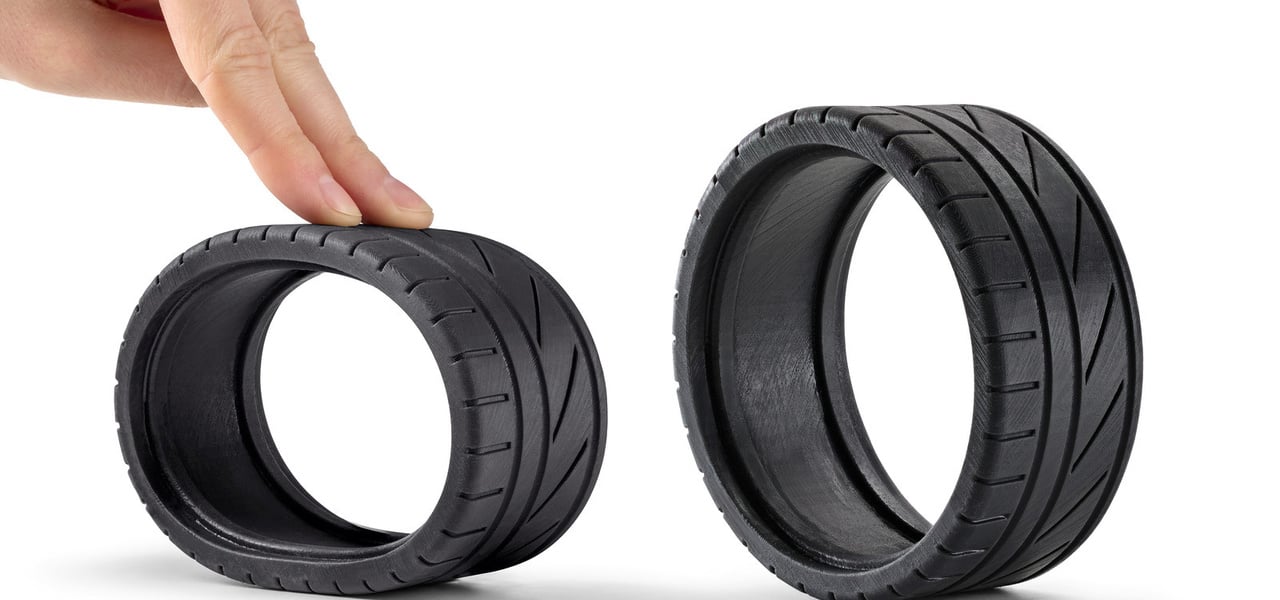In the early '90's I acquired a bike in milk crates and restored a T3 Moto Guzzi (this is posted here because my question is not really bike specific). At that time, my neighbor was an amateur racer and restorer of Guzzi's, and he worked with me putting the bike back together. At his suggestion we replaced the original carbs with DelOrto PHF30's, and the intake manifolds with a curved manifold (pictured below) from another model Guzzi. Fast forward 25-odd years and these rubber manifolds, (which were used on one model bike for two years (and not a very popular model, I might add) are now made of unobtanium. Correction. there is one side available in Europe for around $100.
I'll be restoring this bike again this winter, which will be mostly cosmetic, except for tires, battery, perhaps new cylinders, and an upgraded alternator. (The cylinders are another story.)
These manifolds are relatively simple, and I can get help using SolidWorks to create computer file models of the manifolds (they are side specific). I can then use the facilities at my nearby alma mater to print new left and right manifolds. Note that the original pieces, simply bent hard rubber couplings, clamp onto an aluminum spigot on the cylinder head and receive the carb's spigot at the other end.
For those who have played with 3-D printers, do you have any suggestions for the material I use? Any thoughts regarding how hot a motorcycle's cylinder head (air cooled) might get? I would expect to receive some guidance on the material at the university, but I also think they would not have much experience in answering my second question.
I will add, there is a company in Italy (I think), that upon receiving original parts will do a short production run manufacturing new parts in the original material. This would make sense for a very valuable and rare bike or car, but certainly not for a potential daily rider.


I'll be restoring this bike again this winter, which will be mostly cosmetic, except for tires, battery, perhaps new cylinders, and an upgraded alternator. (The cylinders are another story.)
These manifolds are relatively simple, and I can get help using SolidWorks to create computer file models of the manifolds (they are side specific). I can then use the facilities at my nearby alma mater to print new left and right manifolds. Note that the original pieces, simply bent hard rubber couplings, clamp onto an aluminum spigot on the cylinder head and receive the carb's spigot at the other end.
For those who have played with 3-D printers, do you have any suggestions for the material I use? Any thoughts regarding how hot a motorcycle's cylinder head (air cooled) might get? I would expect to receive some guidance on the material at the university, but I also think they would not have much experience in answering my second question.
I will add, there is a company in Italy (I think), that upon receiving original parts will do a short production run manufacturing new parts in the original material. This would make sense for a very valuable and rare bike or car, but certainly not for a potential daily rider.





